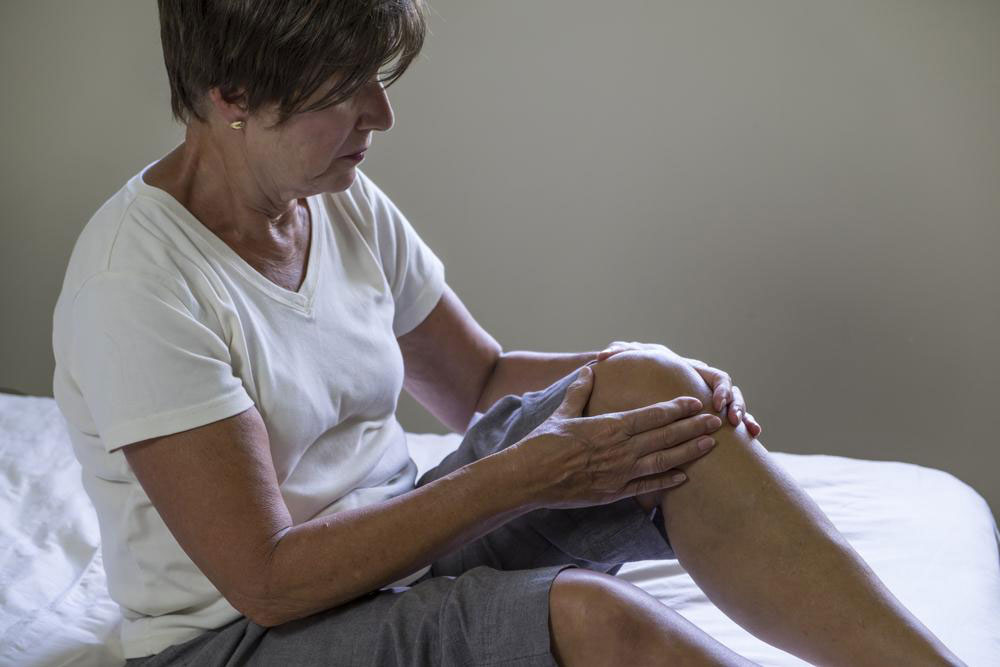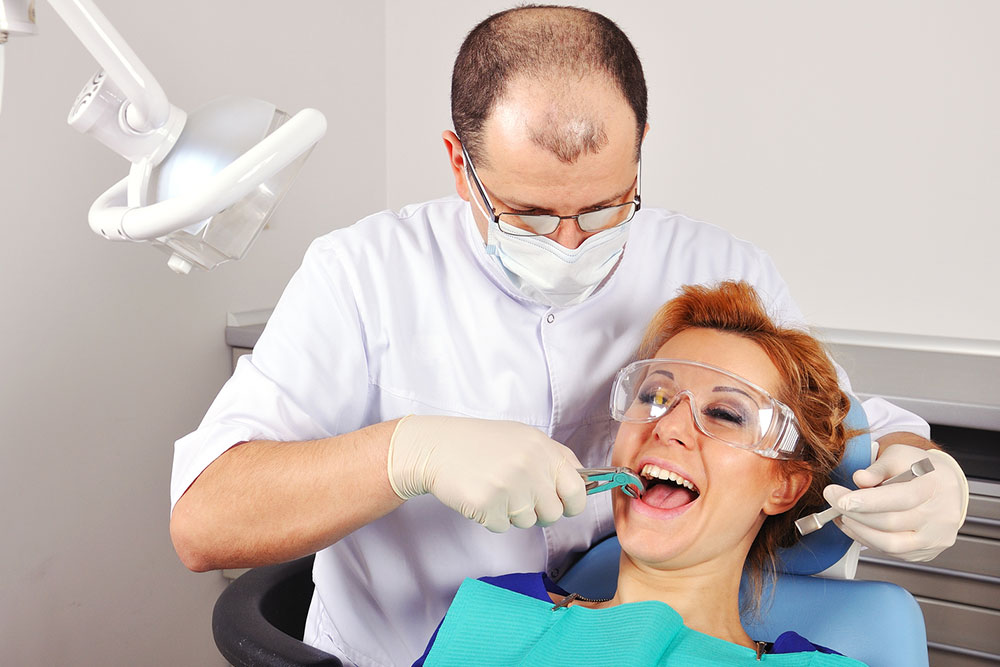Comprehensive Post-Operative Care Guide for a Successful Knee Arthritis Recovery
This comprehensive guide offers essential post-operative care tips for successful knee arthritis recovery. It covers early mobility, swelling management, medication tips, wound care, and precautions to ensure a smooth healing process. Following these detailed strategies can help reduce complications and restore knee function efficiently, promoting faster recovery and improved mobility after knee surgery due to arthritis.

Essential Knee Care Strategies for Post-Arthritis Surgery Recovery
Recovering effectively after knee surgery due to arthritis requires diligent care, patience, and adherence to medical advice. Since every patient's recovery journey is unique, maintaining open communication with your healthcare team is vital to ensure optimal healing. Proper post-operative care not only reduces the risk of complications but also accelerates the return to daily activities. This comprehensive guide provides detailed tips and strategies to help you navigate the critical healing phase following knee arthritis surgery.
Understanding the importance of each step in your recovery process can make a significant difference in the outcome. From initial rest to gradual mobilization, following best practices will support your body's natural healing processes and lead to a smoother, less painful recovery.
Step-by-Step Post-Operative Knee Care Tips
Gradual Weight-Bearing and Mobility: In the early stages of recovery, it's essential to reintroduce weight-bearing activities carefully. Begin by putting your weight on both legs as tolerated, at first walking around your home with assistance or using aids as recommended. Over time, as your knee gains strength, you can progressively reduce the level of support needed. Avoid rushing this process to prevent setbacks or injury.
Elevation and Swelling Management: Swelling is common after knee surgery, but elevating your legs can significantly reduce it. Use pillows or cushions to lift your calves or feet while lying down or sitting, but avoid placing pillows under the knee itself, as this can cause stiffness. Keep your leg elevated as much as possible during the first few weeks post-surgery to minimize swelling and improve comfort.
Dependence on Walking Aids: Initially, you might rely on crutches, walkers, or cane support. As your knee's strength improves, gradually decrease reliance on these aids, aiming for more independence. Your physical therapist or healthcare provider will guide you through this process, ensuring safety while increasing mobility.
Pain and Discomfort Management: Expect some level of pain and discomfort after surgery. Continued use of prescribed medications—such as painkillers and anti-inflammatory drugs—is crucial to control pain and prevent inflammation from escalating. Always follow your healthcare provider's instructions regarding medication dosages and timing to avoid potential side effects or complications.
Medication Adherence and Anti-Inflammatories: Incorporate anti-inflammatory medications, as advised by your doctor, often in combination with pain medications. This dual approach helps reduce swelling and supports healing. Do not self-medicate or adjust prescriptions without consulting your healthcare professional.
Exercise and Flexibility: Staying mobile is vital during recovery. Your doctor or physical therapist will prescribe specific exercises to maintain joint flexibility and muscle strength. Resist the temptation to engage in vigorous activities like swimming, running, cycling, or aerobics until cleared by your healthcare provider, as premature activity can hinder healing.
Proper Bandaging and Wound Care: When applying bandages or dressings, ensure they are wrapped loosely from the calf over the knee, avoiding tightness that can impede circulation. Keep dressings clean, dry, and intact unless instructed otherwise. Following proper wound care helps prevent infections and promotes faster healing.
Post-Surgical Precautions: Avoid sitting cross-legged or squatting for at least six weeks after surgery, as these positions can place undue stress on the healing knee joint. When sitting, use supportive cushions or ergonomic chairs to reduce pressure. Use waterproof covers during showers to keep the wound area dry—never remove stitches or tapes unless advised by your doctor.
Ice Application and Swelling Control: Applying ice packs on the knee can help reduce swelling, inflammation, and pain. Always keep dressings dry, and avoid direct skin contact with ice to prevent frostbite. Use ice packs for 15-20 minute intervals, several times a day as recommended.
Monitoring and Recognizing Complications: Keep a close watch for signs of complications, such as excessive swelling, persistent or worsening pain, foul odors or discharge from the wound, fever, or chills. If any of these symptoms occur, contact your healthcare provider immediately to prevent potential infections or other issues.
Adhering to these comprehensive post-operative care strategies will significantly enhance your recovery experience. Remember, patience and consistency are key. Your healthcare team is your best resource—always consult them before making any changes to your recovery routine. With diligent care and proper guidance, returning to your normal activities with a healthy, functional knee becomes an achievable goal, improving your quality of life. Proper post-surgical care not only ensures protection during the healing phase but also lays the foundation for long-term joint health and mobility.
In summary, successful recovery from knee arthritis surgery hinges on careful planning, adherence to medical advice, and a proactive attitude towards healing. By following these steps, you can reduce discomfort, promote quick healing, and restore your knee’s function, ultimately improving your overall well-being and quality of life.





